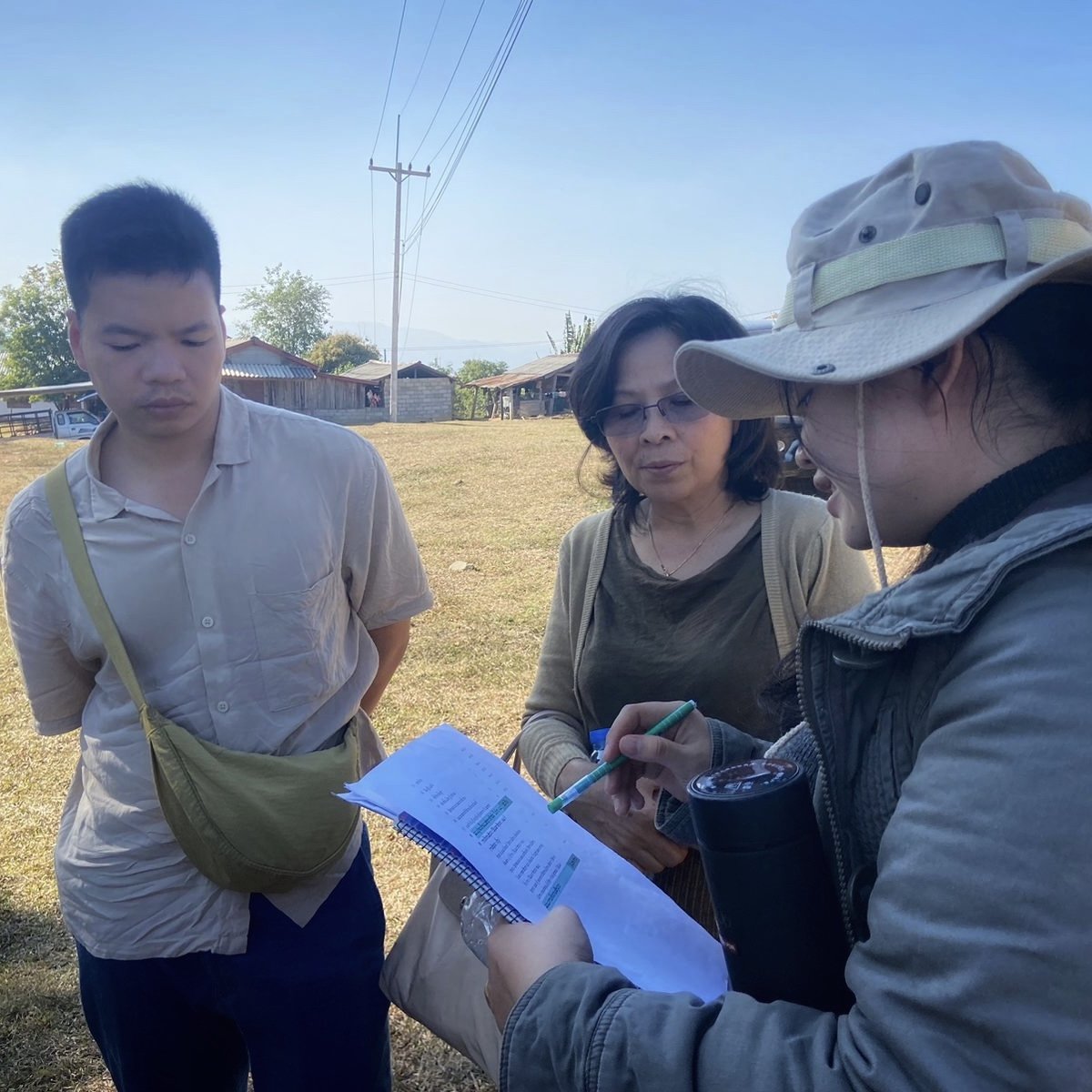A People-Centered Approach To Strengthening Primary Healthcare (PHC) For Non Lao Tai Ethnic Groups In Lao PDR
Ministry of Health of Lao PDR & The World Bank
The World Bank, in partnership with the Global Fund (GF) and the Australian Department of Foreign Affairs and Trade (DFAT), is supporting the Lao PDR government in achieving the Sustainable Development Goals (SDGs) and advancing Universal Health Coverage. The project strengthens public health programs, including maternal and child health, immunization, tuberculosis (TB), HIV prevention, and malnutrition reduction, particularly in northern Laos.
Despite significant progress to date, primary health care (PHC) coverage remains low among non-Lao Tai ethnic groups, as evident by high rates of zero-dose children and immunization dropout, fragmented and inefficient service delivery, and poor quality non-facility health services.
The output of this work is being used to:
Inform the improvements to integrated service delivery through integrated outreach, the SBCC service package and MCH services.
Strengthen the delivery of integrated SBCC at the village level to improve health and nutrition behaviors.
Increase the percentage of infants who received Penta3 vaccine in target districts.
Tangerine Lab employed a people-centered approach in selected learning districts (LDs) to inform context-specific, multi-sectoral solutions. Using Human-Centered Design (HCD) and systems design methods, Tangerine Lab in collaboration with the World Bank, Ministry of Health, the health system users and other community stakeholders, and formal and informal health actors identified barriers, challenges, and experiences, and co-developed a comprehensive solutions roadmap.
Tangerine Lab’s involvement included:
Leading hybrid workshops for World Bank and Ministry of Health experts on HCD and Systems Thinking, covering the full design cycle from research to idea generation.
Supervising the formative research conducted by the capacitated group in two Learning Districts of Nonghet and Mai, including interviews with healthcare users, community influencers, and formal and informal providers.
Identifying 16 thematic areas affecting PHC access for Hmong, Khmu, and Akha populations. 11 thematic areas were prioritized and grouped into 3 macro areas:
Structural challenges in outreach and community health programs, such as governance, infrastructure, and resource management.
Outreach difficulties in hyper-traditional communities.
Health center readiness.
An ideation workshop in Vientiane, with participation from Ministry of Health and World Bank experts, resulted in a detailed roadmap that will inform the multi-sectoral efforts of partner organizations as well as the plans for prototyping where some solutions can benefit from testing with the users.








